 |
 |
 |
|||||||||||||
 |
 |
 |
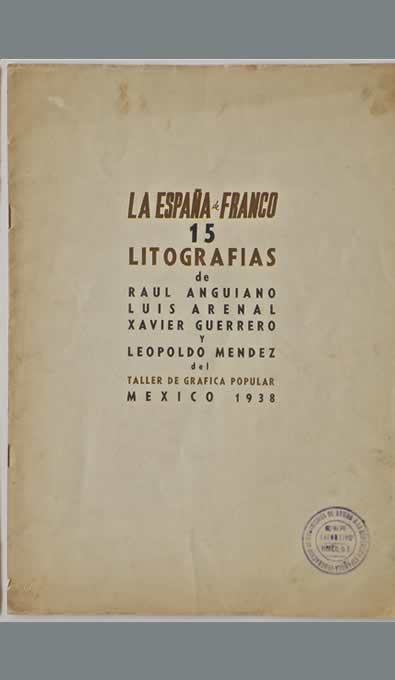 |
 |
 |
||||||||||
 |
 |
 |
|||||||||||||
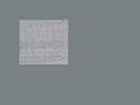 |
 |
 |
|||||||||||||
 |
 |
 |
 |
||||||||||||
 |
|||||||||||||||
This portfolio, presented as a small folio center stitched pamphlet, contains fifteen original lithographs by Raúl Anguiano, Luis Arenal, Xavier Guerrero and Leopoldo Méndez.The five folio sheets provide 20 pages plus the stiff wraps.The images constitute a harsh indictment of Franco's conduct of the Spanish Civil War. Each lithograph has a caption and there is a short introduction. The portfolio is presented in its entirety, including both covers, and translations have been provided to help clarify the intentions of the workshop and artists.
The number and text accompanying each image does not appear to be set type.As seen in other TGP projects, particularly earlier ones, it is quite possible that text was transferred to the lithographic stone and printed with the images. There is insufficient space here to discuss each image and the interrelationship of images.That would be a suitable subject for a short essay. Suffice to say that each image builds on the theme of Franco's conduct of the Spanish Civil War, the complicity of Franco's fascist allies and the complicity of the Catholic Church, at least on a regional level. Planning, scheming, ruthless behavior and despicable motivation (capitalist greed) show in many of the images.The struggle of Spanish patriots against terrible odds is glorified. Like most propaganda (and propaganda it is) the content is skewed to make a point. While the crimes of Franco are not exaggerated, the message is certainly repetitious. It is not known if the publication was effective in intended purpose, which was presumably to promote aid to the Spanish Republicans during the conflict and help provide for the emigration as refugees after the fall of the Spanish Republic. Many countries and organizations provided such help. Many refugees were welcomed into Mexico. Title: La España de Franco (Franco's Spain) Reference:TGPpr, 344-345. Multiple other references.
Each lithograph is numbered and bears a caption.The documenting text below each reproduction of a two page spread provides the name of the artist, dimensions, the caption and a translation.The last printed page, facing image # 15, acts as a type of colo- phon, listing the series, this publication and what appear to be possible pending publica- tions, although no known publications match the titles shown. At lower right on the cover and at upper right on the title page are identical stamps in blue ink indicating that this copy was the property of the Comite Ejecutivo de El Federacion de Organismos de Ayuda a la Republica Española (The Executive Committee of the Federation of Aid Agencies to the Spanish Republic), an Argentinian organization active from approximately 1937 to 1943 for the purpose of supporting Republican forces fighting in Spain and, ultimately, aiding refugees fleeing after the end of the war. The fifteen lithographs appear to be single page images, with the exception of the center spread, no. 8, by Leopoldo Méndez. On closer inspection, images nos. 1 & 15, also by Leopoldo Méndez, are clearly drawn at the same time on a single stone. Printed as a single large image, it is separated into two images when it was scored, folded and placed in the signature.While each of the two images functions separately, a larger understanding is achieved when they are rejoined, as shown towards the end of this document section. Another pair of images, nos. 7 & 9, by Xavier Guerrero were also drawn as a single image. In this case the two images, as presented, seem separate from one another, in spite of being drawn as a single image originally. It is uncertain if Guerrero was advised by Méndez or simply saw it as a way to make his images slightly larger. While no other lithographs appear to have been drawn as larger single images, those lithographs which would be on the same side of a folio sheet if unbound are, with a single exception, by the same artist. In other words, it appears that each artist drew two lithographs on a single larger stone with the intention of them separated by binding.These would be as follows: lithographs 9 & 7 are by Xavier Guerrero, as are lithographs 6 & 10. Raúl Anguiano created lithographs 5 & 11 as well as 4 & 12. Luis Arenal created lithographs 3 & 13 and, as mentioned above, Leopoldo Méndez created lithographs 1 & 15. Lithograph no. 2 was drawn by Xavier Guerrero and its companion, no. 14, was drawn by Raúl Anguiano. It seems likely that they 'split' this stone so that each would have an equal contribution to the project.This work technique might also help explain why lithographs 7 & 9 are, as presented in the portfolio, reversed. Lithograph 9 is before 8 and 7 follows eight. Perhaps Guerrero forgot the reversal in printing the 2 lithographs, resulting in the reversal of image sequence.
|